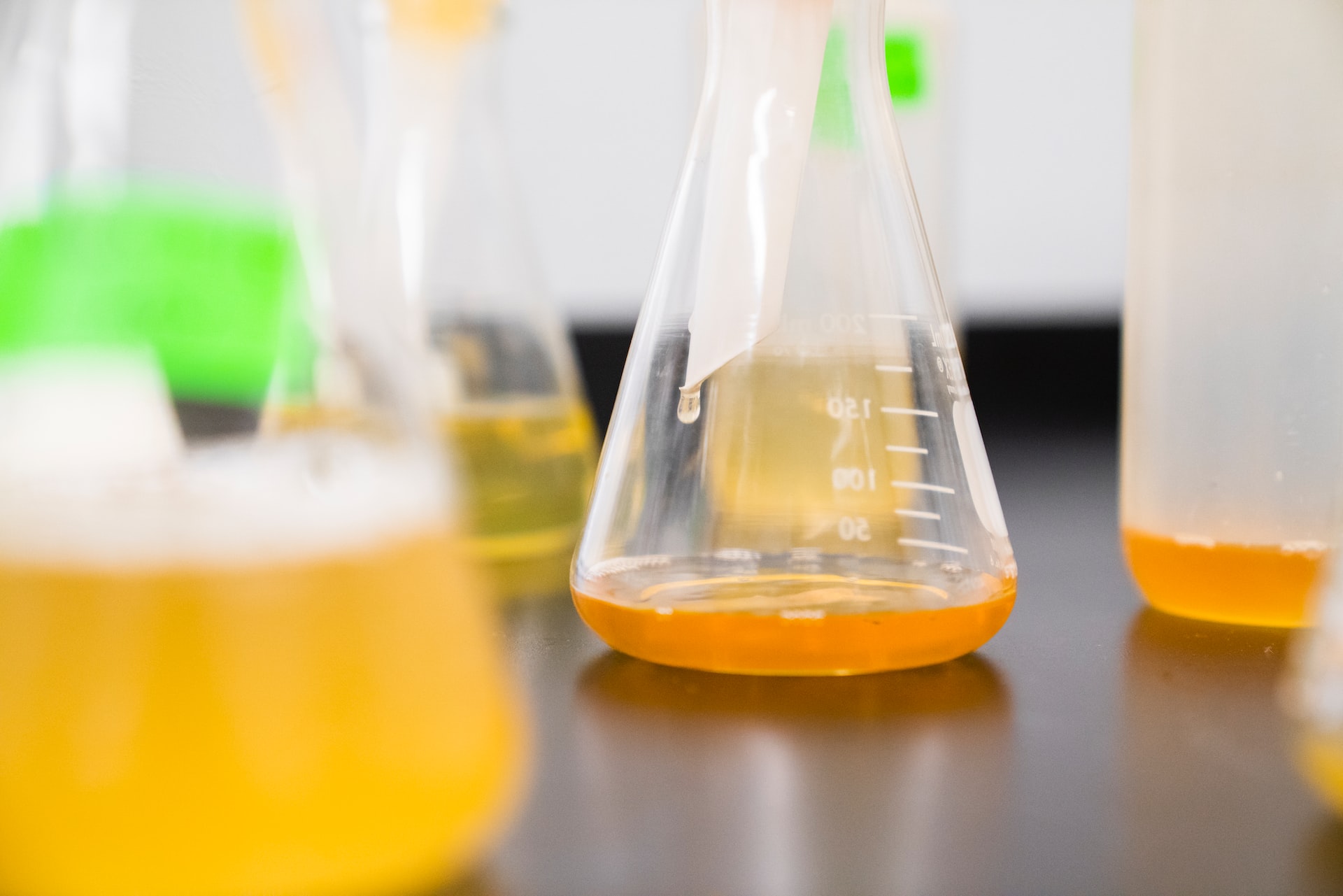
The Complete and Only Guide That Makes Chemical Storage Simple
Did you know that there are over 13,000 chemical manufacturing facilities in the United States? As you might assume, workplace safety is a much bigger concern in environments like these.
Many people tend to focus on transporting chemicals when it comes to following safety procedures. However, chemical storage is also important. Let’s take a look at how you can store hazardous chemicals at your facility.
The Storage Location May Vary Based on the Chemical
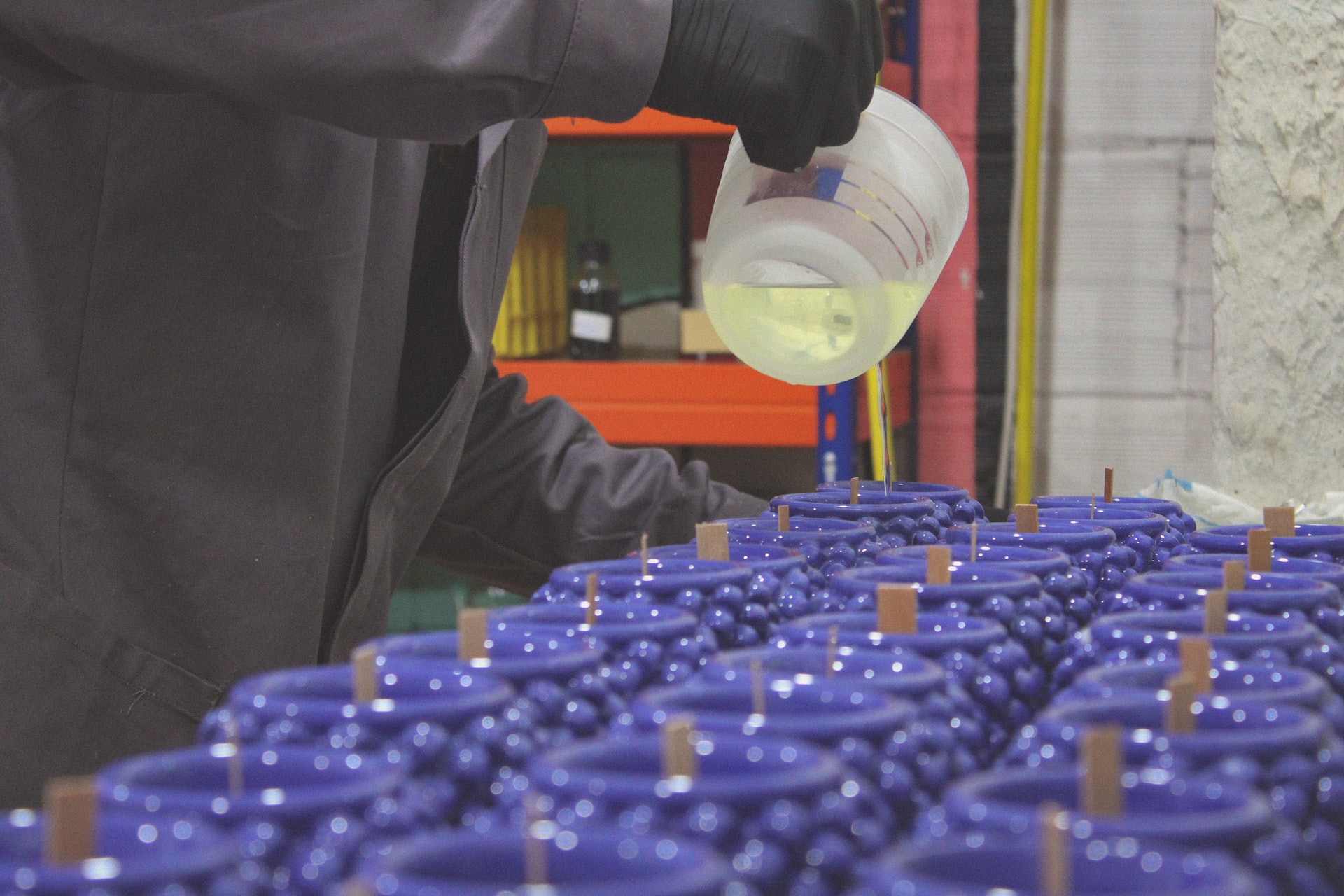
The way you should store different chemicals can vary. The type of chemical and the quantity of it will affect the storage location for maximum safety. For instance, acids should be stored in a cool, well-ventilated area away from combustible materials.
Flammable liquids should be kept in a sealed container in an approved flammable liquid cabinet. It often isn’t difficult for flammable liquids to ignite. So, don’t neglect this obligation.
Always Use The Right Container
Selecting the right storage location for your chemicals. It’s also important to choose the most suitable container.
This can range from plastic or metal drums to carboys and jerricans. Make sure the chosen containers are designed for chemical storage. They should also be able to withstand the contents of that particular chemical, and able to prevent contamination.
Labeling the Containers Is Critical

The next step in creating a safe chemical storage environment is labeling.
All containers should be clearly labeled with the name of the chemical, manufacturer, contents, and hazards. This will help prevent mistakes and misidentification. A common scenario is when someone takes one chemical for another.
This is a situation you want to avoid at all costs.
Regular Maintenance Is Necessary
Regular maintenance of your storage containers is vital. Inspect the containers weekly, looking for damage or leakage. Make sure to handle any spills by using absorbent materials..
In the event that a container is damaged, make repairs as soon as you can. In some cases, you may need to replace the container instead. Regardless, you cannot ignore the problem. Even minor cracks or leaks can become much bigger issues.
Don’t Forget About Light Sensitivity
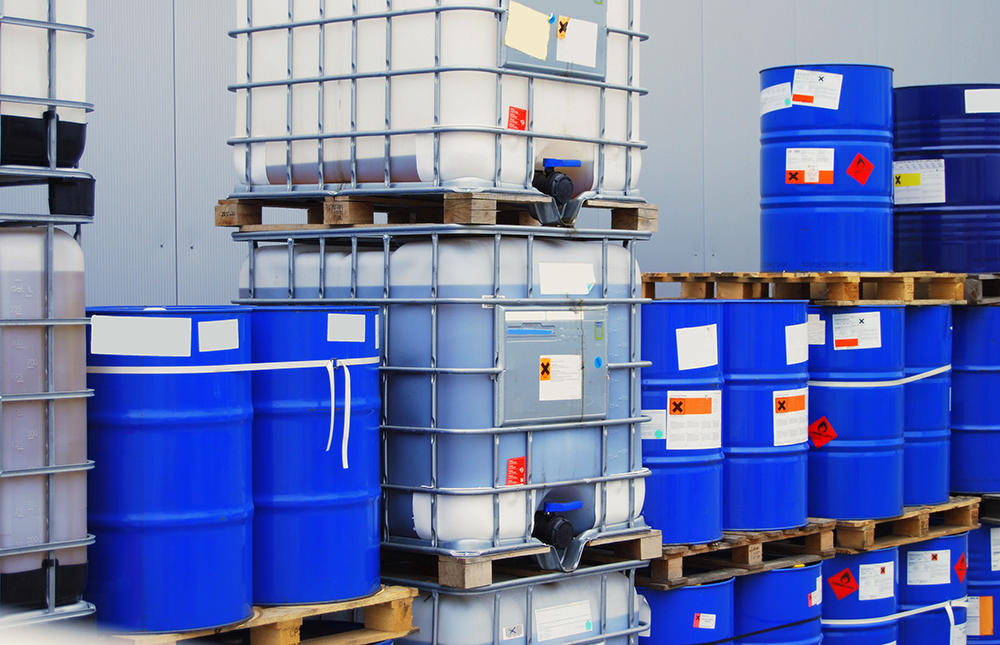
Depending on the type of chemical, some chemicals may be sensitive to light. Photolabile compounds can decompose. This happens when they are exposed to sunlight or other sources of ultraviolet radiation.
Store these types of chemicals in a cool, dark area and away from direct light. It’s also important to note that direct sunlight exposure can influence the temperature of the chemical.
It’s Essential to Train Your Team
One of the biggest mistakes people make is not implementing training programs. These will go a long way when it comes to how your employees manage chemicals.
You need to make sure everyone at your facility is aware of the safety protocols when it comes to chemical storage.
Provide a training program for all employees. Make sure they understand the importance of following safe handling procedures. This should also understand what to do during emergencies.
To clarify, there should be a protocol that dictates exactly how they respond.
You should hold multiple training sessions each year for this responsibility. Regulations often change, and you should modify your training in response. Doing so will also help keep this information fresh.
After all, your employees may not remember the safety training they learned five years ago. This could turn a minor situation into a disaster.
What Are Common Chemicals People Store?
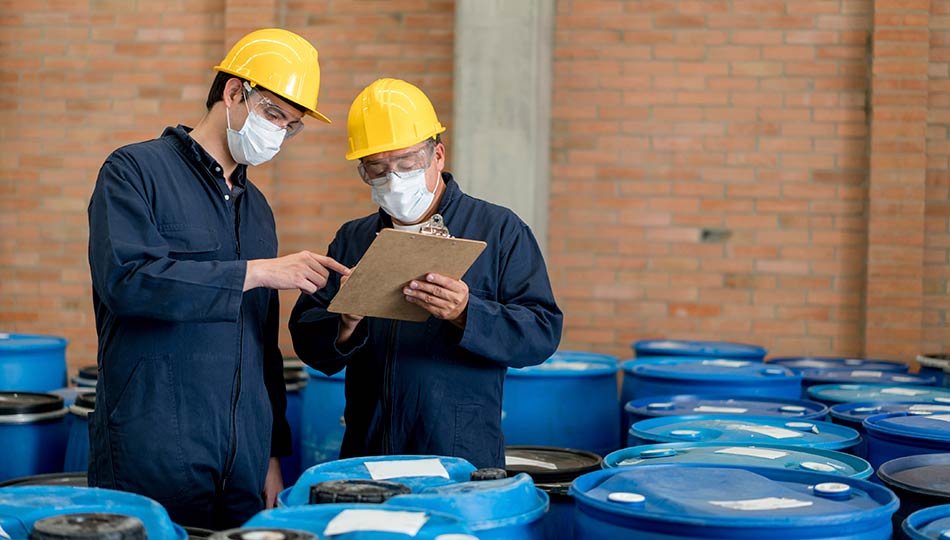
Common hazardous chemicals people store include acids, bases, and oxidizers. They also store flammable liquids and solids, and combustible materials.
In some cases, facilities store toxic substances and poisons. It is important to understand the properties of each chemical in order to determine the most suitable storage container and location.
Additionally, be sure to consult relevant safety data sheets for any additional precautions or warnings. Of course, it’s entirely possible that facilities store chemicals that are not harmful at all.
Pharmaceutical drugs, for example, fall into this category. Of course, these could be harmful when taking the wrong dosage. However, their storage does not serve as a hazard.
What Types of Facilities Store Chemicals?

Chemicals are stored in many types of facilities, including industrial plants, research laboratories, manufacturing sites, and warehouses. It is important to adhere to safety guidelines in order to reduce the risk of accidents or damage associated with storing hazardous chemicals.
Properly labeling containers, regularly inspecting them for any damage, and providing training to employees are essential steps in ensuring a safe working environment.
Chemicals aren’t only stored at conventional locations. Grocery stores, convenience stores, etc. all have the potential to store chemicals.
However, these are not chemicals that you will find at a warehouse or industrial plant. Instead, they are chemicals that you can use for everyday purposes, such as unclogging a drain.
So, you can find chemicals in most locations and businesses. Only a select few have dangerous chemicals that need proper storage.
Does Chemical Storage Carry Legal Liability?
Yes, storing chemicals may carry legal liability.
In the event of an accident or injury related to improper storage of hazardous materials, the owner or operator of the facility is responsible for any resulting damages. It is important to follow safety guidelines and regulations set by governing bodies in order to minimize risk and avoid potential liability.
Additionally, having insurance coverage will help mitigate potential risks and legal liability associated with storing chemicals. From a consumer’s point of view, it’s crucial that you only work with companies that practice safe chemical storage. Otherwise, you run the risk of purchasing an unsafe or defective product.
Common consequences include poor results or even dangerous side effects. For example, let’s assume that you purchase a chemical from a vendor that they did not store in a temperature-controlled location. This could degrade the chemical and cause it to fall short of your standards.
This is especially true when it comes to controlled substances, such as athletic supplements. You can check out this resource to learn more about where you can get the best SARMs.
What Causes Adverse Chemical Reactions?
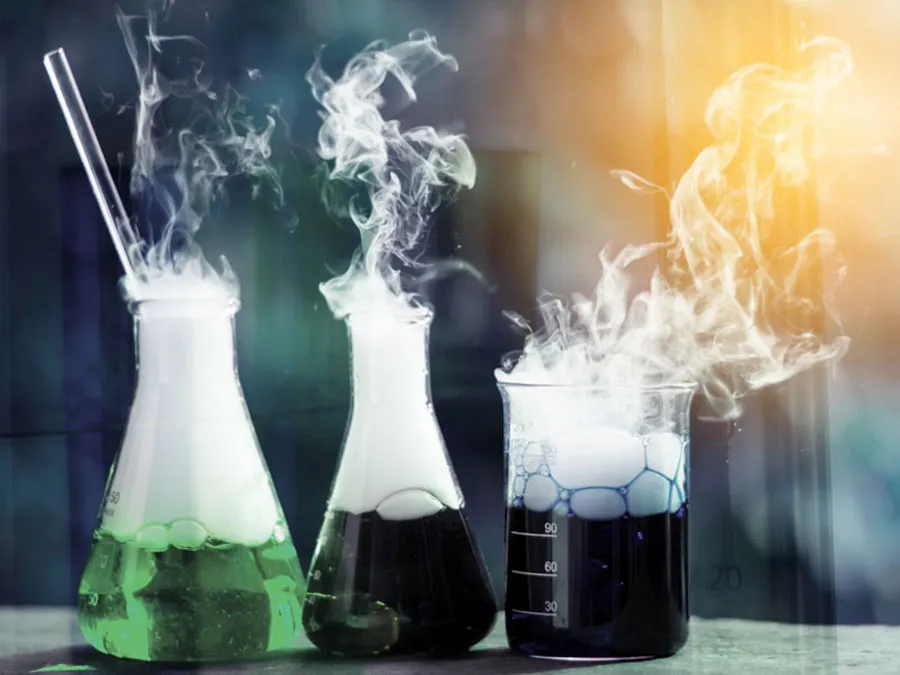
Adverse chemical reactions can occur when two or more chemicals are mixed together. Sometimes, the reaction is harmless and produces a new substance that is not particularly hazardous. Other times, however, the reaction can be dangerous and even explosive.
Chemical reactions can sometimes occur when the surrounding temperature is too high or too low. Containment failure, improper mixing, and a lack of safety protocols can also lead to dangerous chemical reactions.
Chemical reactions are rarely minor events. They often result in substantial injury and property damage. They can also be difficult to recover from. This applies to both handling the aftermath and managing your brand reputation.
If word gets out a facility does not follow safety procedures, people will be less likely to work with your company. This could have a strong impact on the amount of revenue you are able to generate.
What Are Some of the Most Dangerous Chemicals?
Many chemicals can be hazardous to come into contact with.
However, some stand out more than others. Explosives such as nitroglycerin, gasoline, and acetylene are all highly dangerous.
Chlorine and ammonia can cause severe respiratory problems. Corrosive chemicals such as sulfuric acid or hydrochloric acid can cause skin burns, blindness, and even death if handled improperly. The same can be said about cryogens, which can cause frostbite and tissue damage.
Other dangerous chemicals include arsenic, lead, mercury, cadmium, and methylene chloride. All of these components can cause health problems if mishandled or ingested.
Therefore, it is important to limit contact with them and always follow safety protocols when storing or handling such chemicals. Finally, it’s important to mention compounds of toxicological concern such as asbestos fibers, benzene, and dioxins.
These substances can lead to serious illnesses or even death. So, it’s important to take the necessary precautions when dealing with them.
In general, the most dangerous chemicals or something only trained professionals should deal with. Not every employee at a facility should have access to every chemical.
Instead, there should be tiered categories based on how difficult it is to handle the chemical. Low-risk chemicals are something almost anyone can work with. High-risk chemicals, however, often require special training.
What Are the Consequences of Improper Storage?

The consequences of improper storage can range from dangerous chemical reactions to the release of hazardous vapors and gases. This can lead to serious workplace accidents, property damage, environmental contamination, etc.
The good news is that proper storage is a straightforward process. Many chemical containers have detailed instructions on how to do so. It’s often as simple as looking for a diagram or list of storage details.
How Should I Respond to a Chemical Spill?
Responding to a chemical spill should be done with extreme caution and care. Depending on the size of the spill, you may need to evacuate the area.
The first thing to do is to identify the spilled substance so that you can take appropriate steps such as neutralizing or containing it. You should then call for help from your local emergency services and notify your local environmental agency.
Wear protective clothing and respirators to minimize your exposure to spilled substances. Make sure to properly clean up the area and dispose of any contaminated materials in accordance with safety regulations.
If the spill occurs near customers or employees, you need to evacuate them as soon as possible. More often than not, only certain personnel know how to deal with a chemical spill.
How Do I Handle a Chemical I Don’t Know How to Store?
If you come across a chemical that you do not know how to store, the best course of action is to consult safety data sheets (SDS) for more detailed information.
This document contains important information about the properties of various chemicals as well as proper handling and storage instructions. You could also contact your local hazardous materials experts for assistance. They can offer advice and help you develop a plan for proper storage and safe handling.
They can also help you prevent accidents in the future.
Do Organizations Hold Chemical Storage Inspections?

The Occupational Safety and Health Administration (OSHA) requires employers to follow certain standards. More specifically, they need to regularly inspect their chemical storage areas. These inspections can help identify unsafe practices and potential hazards. Common ones include incorrect labeling or improper ventilation.
Employers should also ensure that the proper safety equipment is in place and all relevant protocols are being followed. The goal of these inspections is to create a safe working environment for employees. They will also protect them from potential harm.
Should I Wear Protective Gear When Handling Chemicals?
Yes, wearing the appropriate protective gear is essential when dealing with hazardous chemicals. This includes goggles, gloves, and respirators. It also includes other safety clothing like chemical-resistant suits or aprons.
Depending on the chemical in question, it may also be necessary to wear a full-face mask. Not all chemicals require protective gear, but you should always wear them if you aren’t sure what chemical you’re dealing with.
For example, a container may arrive at your facility with a label that was improperly placed, damaged, obstructed, etc.
Chemical Storage Doesn’t Have to Be Difficult
It may seem overwhelming at first. Chemical storage is a relatively straightforward process, though. Just be sure you keep the above information in mind so that you can avoid mistakes you may have otherwise made. Want to learn more about what we can do? Be sure to reach out to us today and see how we can help you.
